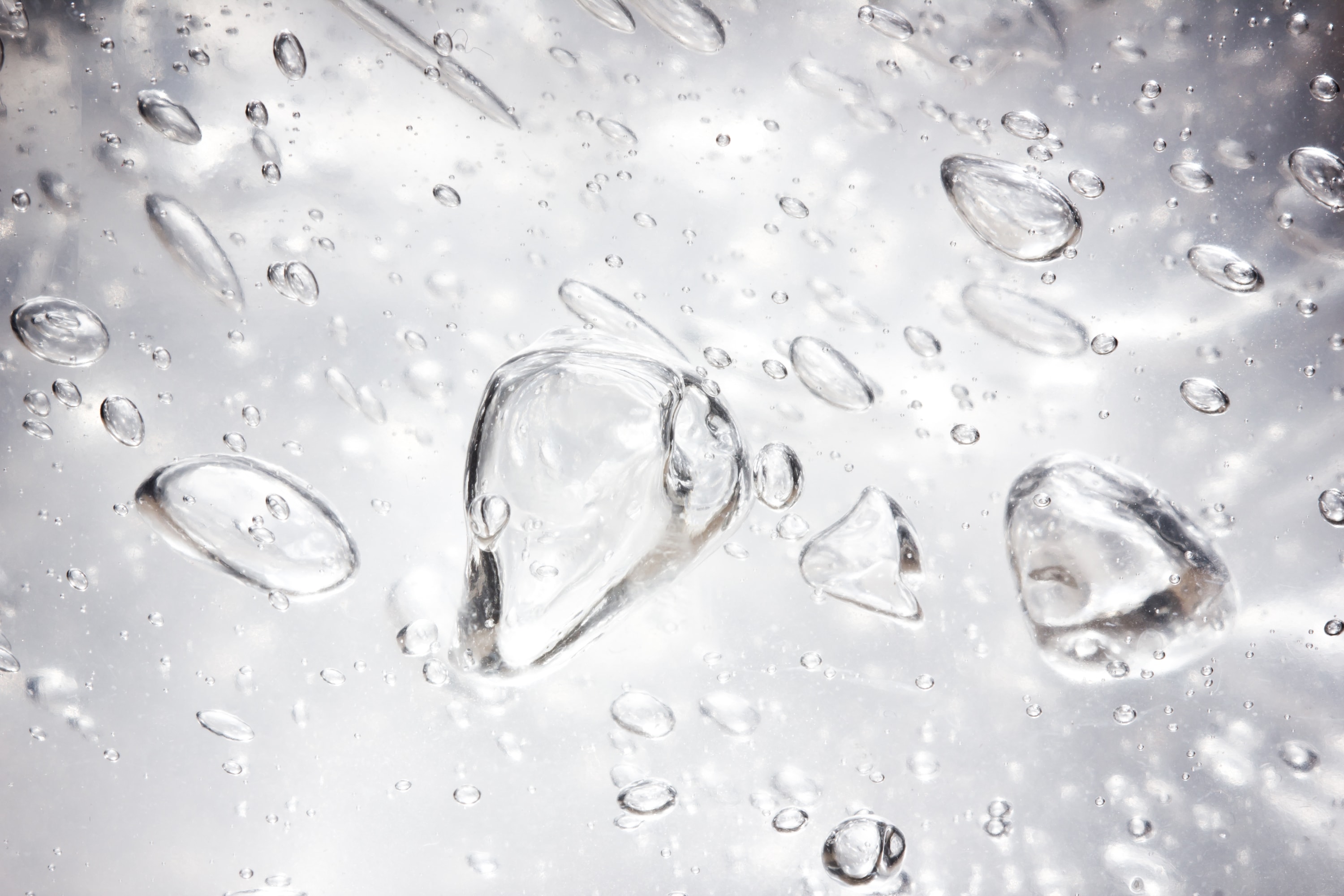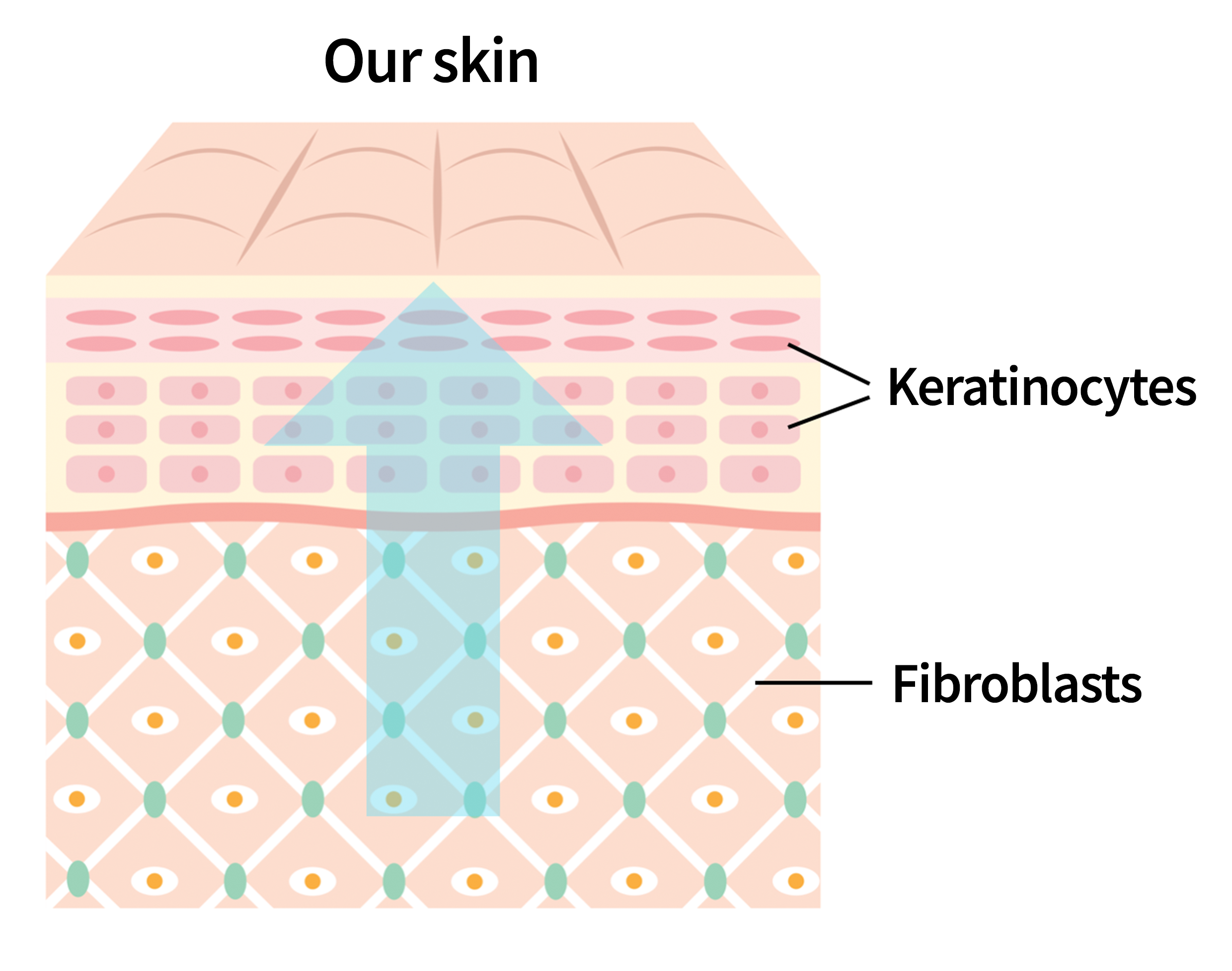Versatile Skin Care Ingredient
Panthenol: Beyond Wound Healing
Panthenol (or Dexpanthenol), is a renowned component in wound and healing ointments. Its efficacy in being absorbed by the skin through creams accelerates cell regeneration, expediting the healing process. However, Panthenol's benefits extend far beyond wound care. Let's delve into what Panthenol is and how it operates.

Robby Beyer
October 2024

Table of Contents
Understanding Panthenol
Panthenol, alternatively referred to as Provitamin B5 or Dexpanthenol, boasts a clinically proven healing effect, making it a common inclusion in wound ointments.
With a history spanning over 70 years since its debut in wound balm, Panthenol has undergone extensive research. Few active ingredients can rival its longevity of use. Consequently, its application in cosmetics is exceptionally well-studied and deemed safe, with practically no associated risks or side effects.
Panthenol can do more than just heal abrasions. Studies confirm: It enhances skin moisture and supports the skin barrier. Panthenol should therefore not be missing from any face cream for moisture, protection and even anti-aging.
Panthenol also works wonders before and after sunbathing. Now, let's explore how Panthenol precisely exerts its effects.
Effectiveness in Wound and Healing Ointments
Our skin serves as a protective barrier against pathogens such as viruses, bacteria, or fungi. In the event of wounds and abrasions, the skin's usual barrier function weakens, leaving our organism more susceptible—a reminder of the crucial importance of proper wound cleansing. Panthenol steps in to aid the body in swiftly regenerating skin, restoring its defense against bacteria and external irritants.
Panthenol actively promotes the production of skin cells, a pivotal process for the body to generate new skin. This involves two key types of skin cells:
fibroblasts
and
keratinocytes
. The increased production of these cells expedites the body's ability to develop new skin, resulting in significantly accelerated wound healing.
Fibroblasts, responsible for collagen production, provide structure to our skin and reside in somewhat deeper skin layers. Discover more about how collagen forms the framework of our skin in this article.
Keratinocytes are cells responsible for producing keratin, which plays a major role in the skin's protective function, especially in the upper layers. The outermost layer of the skin is known as the stratum corneum. In this article, you can read more about how our skin barrier functions.

Panthenol stimulates the formation of our skin cells: keratinocytes and fibroblasts. This enables the rapid development of new skin.
Panthenol for Moisture, Protection, and Anti-Aging
Panthenol not only accelerates the healing process but also enhances skin moisture, safeguards against skin conditions, and combats premature skin aging.
When absorbed through the skin, a remarkable transformation takes place. Panthenol converts to pantothenic acid (Vitamin B5) and stimulates lipid synthesis, facilitating the formation of more fats.
This doesn't mean the skin becomes oilier; rather, the lipids in the upper skin layers serve multiple functions. They ensure our skin remains elastic and well-hydrated, boosting skin elasticity and moisture levels. This, in turn, helps prevent wrinkle formation, delivering a genuine anti-aging effect. Learn more about combating wrinkles and aging in this article.
Disrupted lipid synthesis can lead to dryness and barrier disruptions, often causing skin conditions like eczema, rosacea, and psoriasis. A cream containing Panthenol can prevent flare-ups of these skin conditions.
Panthenol for Sunburn: Effective Before and After Sun Exposure
The efficacy of Panthenol in soothing sun-exposed skin is widely recognized. The stimulated cell renewal aids the skin in regenerating faster. Panthenol is also beneficial for sun allergies and sun-stressed skin.
Panthenol doesn't need to be applied only after skin damage has occurred. Even before and during sunbathing, it can significantly contribute to the resilience of the skin.
A recent study indicates that UV radiation reduces lipid synthesis in the skin. Here, Panthenol can counteract by stimulating lipid synthesis, reducing sun-induced moisture loss. The skin remains well-hydrated, and skin elasticity is increased, providing enhanced protection against skin conditions and sun allergies.
Hence, our Dayshade Cream with SPF 30 includes Panthenol to protect the skin.
Conclusion
The active ingredient panthenol contributes significantly to the
formation of new skin
and is not only effective for wounds and abrasions. It improves
skin moisture
and
elasticity
by boosting lipid synthesis. Panthenol benefits all skin types but is particularly nurturing for mature, stressed, and dry skin, preventing skin conditions such as psoriasis, eczema, and rosacea. It is well-tolerated and should be an essential component of every skincare routine. In our Hautcreme+, our father always incorporated an extra dose of Panthenol.
Sources
70 Jahre Dexpanthenol –
Topical use of dexpanthenol: a 70th anniversary article.
Ärzteblatt –
Dexpanthenol Wirkmechanismus aufgeklärt
Pinkmelon –
Altern durch Sonnenlicht
Studie –
UV decreases the synthesis of free fatty acids
Wikipedia –
Dexpanthenol